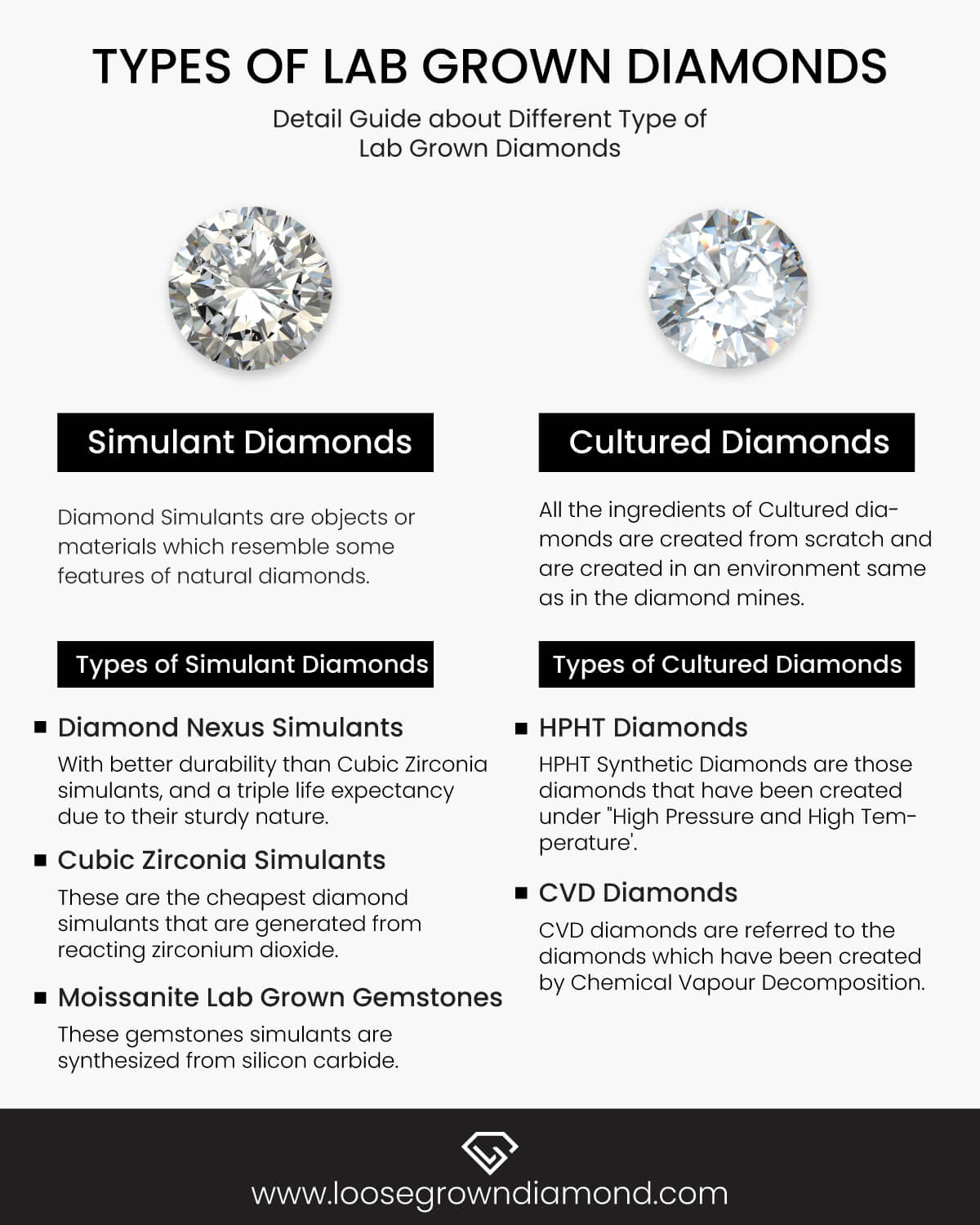Bespoke Excellence: Crafting Lab Grown Gemstones
In recent years, man-made diamonds have drawn the interest of jewelry enthusiasts and sustainability-minded consumers alike. These exquisite gems offer a captivating choice to their organic equivalents, providing the equivalent beauty and sparkle without the moral issues associated with natural diamond mining. With advances in technology, the method of creating these beautiful gems has evolved into a fascinating blend of science and artistry.
While we investigate how lab grown diamonds are made, it is crucial to grasp the two primary methods utilized: HPHT and CVD. Both techniques simulate the geological processes found in nature that form diamonds, yielding diamonds that are not only beautiful but also showcase innovation. As rare carat review look deeper, we will also touch upon how custom options allow people to customize their diamonds, guaranteeing that each piece is as unique as the bond it symbolizes. Come with us as we begin a journey into the world of lab grown diamonds and uncover the beauty behind their making.
Comprehending Synthetic Gems
Synthetic gems are created using cutting-edge technological processes that mimic the natural conditions under which diamonds are created beneath within the planet's interior. These gems are scientifically, materially, and visually identical to their natural equivalents, providing the identical brilliance and longevity. The dual main methods used to create lab grown gems are High Pressure High Temperature and CVD, both of which produce exceptional gems that are indiscernible from mined gems.

In the High Pressure High Temperature method, carbon is subjected to intense pressure and temperatures like those present in nature. This technique promotes the carbon atoms to crystallize into diamond forms. On the flip side, the CVD method involves putting a diamond seed in a container filled with carbon-rich gas. The gas is energized, creating a high-energy state that enables carbon to deposit onto the seed, gradually building a gem layer by layer. Both processes are designed to ensure excellence and purity, leading in gems that are commonly rated as premium.
Numerous buyers value synthetic gems not just for their ethical and ecological advantages, but also for their affordability. Synthetic diamonds usually cost twenty to 40 % cheaper than natural gems of comparable standard. This cost disparity enables jewelers to offer bigger size sizes or better stones for the same price range, making it more feasible for customers to choose a gem that aligns with their vision. With the growing demand of synthetic diamonds, engagement rings and additional accessories pieces featuring these stones have become more sought after, contributing to a significant change in the industry.
The Significance of Carat Measurement
Carat weight is a crucial aspect in the worth and appeal of gemstones, whether they are genuine or lab grown. This measurement refers to the weight of the gem, with one carat equal to 0.2 grams. In the world of gems, bigger stones often carry a greater cost, making carat weight an important factor for anyone wanting to buy a diamond, as it has a direct impact on both the visual impact and the investment value.
When it comes to synthetic gems, the significance of carat weight is just as strong. While these gems are created in controlled environments, their size and mass still play a vital role in their desirability. As consumers become more informed about lab grown gems, the focus on carat weight has increased. Opting for a gem with a particular carat weight can enhance the overall look of a piece of jewelry and allow people to express their personal style in a very tangible way.
Additionally, understanding carat weight helps buyers make informed decisions when comparing gems. Reviews, such as those provided by Rare Carat, offer information into the worth of diamonds based on their weight along with cut, clarity, and hue. By being aware of what constitutes a suitable carat weight for their budget, buyers can select diamonds that not only meet their aesthetic desires but also represent a wise investment option.
Picking the Ultimate Bespoke Diamond
As selecting a tailored synthetic diamond, the initial consideration should be your own style and style. Each diamond can be customized in terms of form, dimension, and mounting, allowing you to create a piece that genuinely shows your unique personality. Whether you favor the classic round cut or something more fashionable like an oval cut, understanding the diverse shapes and their consequences can assist you make the best decision. Additionally, consider the mounting that enhances the stone most effectively, as it can boost its sparkle and overall look.
A further important factor in choosing your gem is the size. This consideration is crucial on both appearance of the diamond and its overall value. A rare weight review can offer information into how different weights affect pricing and desirability. While larger carats may look more appealing, sometimes a well proportioned lesser diamond can create a breathtaking impression. Therefore, harmony is important; select a size that aligns with your spending limit while still achieving the appearance you want.
Finally, do not ignore the significance of the diamond's quality, which is assessed by the Four Cs: cut, hue, clarity, and size. A expertly crafted gem will reflect light beautifully, enhancing its shine. Pay attention to hue and purity as these factors significantly affect a gem’s charm. When customizing a cultivated diamond, negotiation for quality is an option, giving you the possibility to balance aesthetics and cost. Allow yourself time to research and engage with professionals, ensuring that the tailored gem you pick is a ideal fit for your preference and budget.